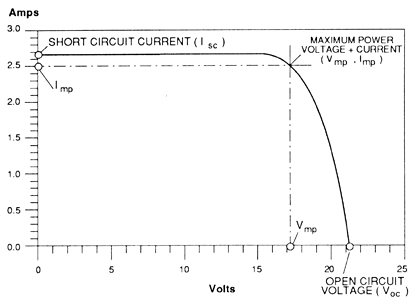Yes both sticking with old-school PWM and low voltage panels
**and** using inappropriately thin gauge cabling
is leaving significant power on the table that could be going into your bank.
Your choice of course, but going to MPPT units like Victron Smart Solar
combined with high efficiency and high voltage panels
and properly sized wiring
will allow you to maximize the Ah per day **per sq ft production off your limited roof space
and also let you get longer wire runs for portable panels
without going to crazy fat heavy expensive wiring.
Better than serialing low-voltage panels.
Another possibility when boondocking, is putting a modular subset of your House bank, or maybe a portable powerpack* out in the sun with the portable panels
rather than wiring all the way back to the mothership.
In many locations/seasons it really is nice being able to park the living space under tree cover rather than suffer out in full sun for the sake of solar energy.
**and** using inappropriately thin gauge cabling
is leaving significant power on the table that could be going into your bank.
Your choice of course, but going to MPPT units like Victron Smart Solar
combined with high efficiency and high voltage panels
and properly sized wiring
will allow you to maximize the Ah per day **per sq ft production off your limited roof space
and also let you get longer wire runs for portable panels
without going to crazy fat heavy expensive wiring.
Better than serialing low-voltage panels.
Another possibility when boondocking, is putting a modular subset of your House bank, or maybe a portable powerpack* out in the sun with the portable panels
rather than wiring all the way back to the mothership.
In many locations/seasons it really is nice being able to park the living space under tree cover rather than suffer out in full sun for the sake of solar energy.


